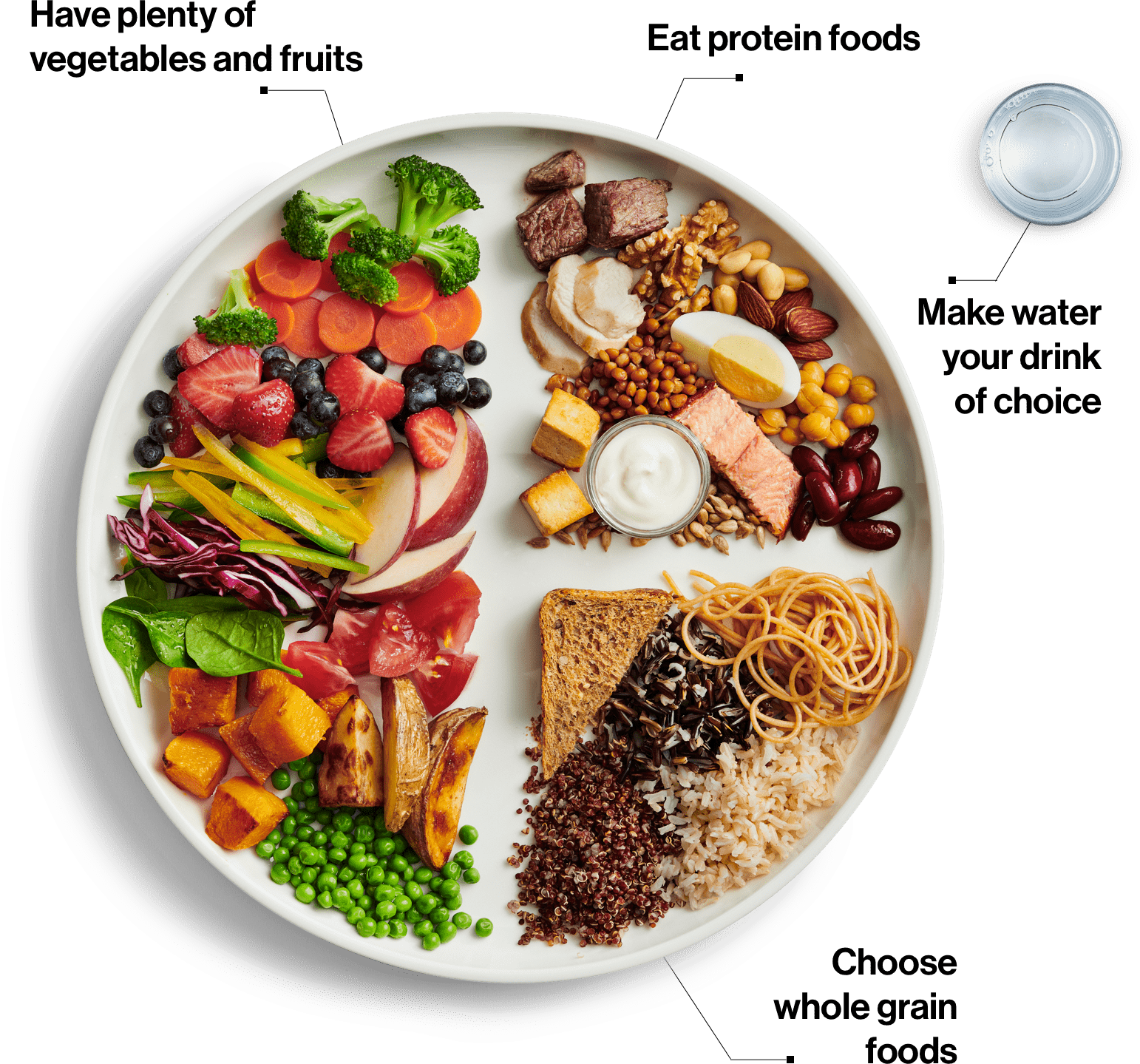New food guide encourages healthy eating — the university clearly does not
After more than a decade, Health Canada has updated Canada’s Food Guide, which presents nutritional guidelines to educate individuals on what they should be eating and how they should be eating it. The new food guide is innovative, and although it has some flaws, it’s likely the best food guide to come from Health Canada so far.
A lot of praise goes to the evident lack of industry influence on its creation. It no longer emphasizes daily servings of meat, milk, and juice. Instead, the food guide informs Canadians of plant-based protein sources and encourages water as the beverage of choice. The older 2007 food guide was heavily criticized for being influenced by the agricultural industry.
The new guide has left dairy farmers cheesed, as they are worried about the potentially decreased demand for dairy, which has already been dropping slowly each year. Further combating industry influences, Health Canada’s food guide also makes Canadians aware of food marketing. The guide warns of common marketing practices and provides tips on how to make more informed food choices.
Another notable change is the lack of defined portions and serving sizes. The old guide was confusing and left Canadians either apathetic or puzzled. After all, how can you easily determine the serving size of a home-cooked meal? The new food guide clears the confusion by dividing a plate into sections of food groups. For each meal, half should consist of vegetables and fruits, a quarter protein and a quarter whole grain foods.
Many health professionals have also applauded the new food guide for stressing the importance of home cooking. Home-cooked meals are usually healthier than getting take-out or eating at a restaurant. More home cooking means relying less on processed foods, while being aware of what exactly you’re eating.
Despite the improvements, the food guide faces a greater issue — people have a hard time following it, which is especially true for postsecondary students. Transitioning to university, students are expected to be more independent decision makers, especially when it comes to what they eat. Deciding between a cheap meal at the food truck and a home-cooked meal is an easy one when students are carefully rationing their time. While parents may have discouraged unhealthy eating habits in high school, students now have the freedom to gorge on fast food without repercussions. It’s because of this that students in university are more vulnerable to weight gain and food insecurity.
At the University of Toronto, resources to help develop healthy eating habits are almost nonexistent. HealthyU, the university’s health promotion group, has a team dedicated to informing students about nutrition. However, efforts from their nutrition team have been lackluster. The last social media post from HealthyU related to nutrition was in May 2018, nearly 9 months ago. Nowhere on the Food Services website is there information on healthy eating choices offered on campus. The only valuable resource available to students is at the Health and Wellness Centre, where students can make an appointment to see a dietitian — though, this service is largely unheard of among the student population.
While the University of Toronto steps up their efforts to promote healthy eating, students can still find ways to improve their eating habits. For students with access to a kitchen, cooking more often is a great start. It doesn’t have to be fancy — sandwiches and salads are simple portable lunches. Student chefs should consider making beans and lentils their primary protein source to save money. In addition, there are plenty of recipes online that are easy to follow and are budget friendly.
Students with a meal plan should try to be aware of what they have on their plate. Resist the urge to eat greasy foods at dining halls and grab some extra fruit on the way out to save for snacking. In general, all students should be as mindful of the food guide as possible. No matter how small, making healthier choices can have substantial benefits for your health in the future. The university is falling behind in healthy eating, but it doesn’t mean students should be too.
